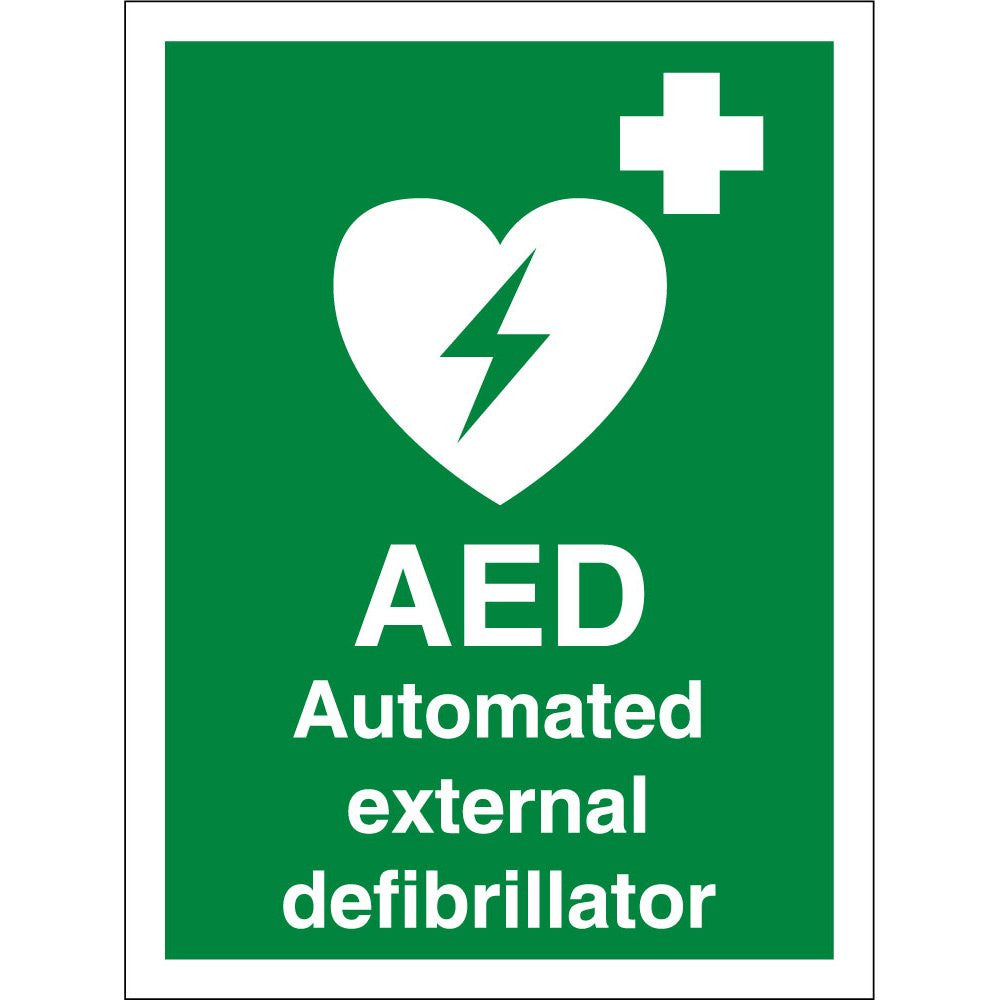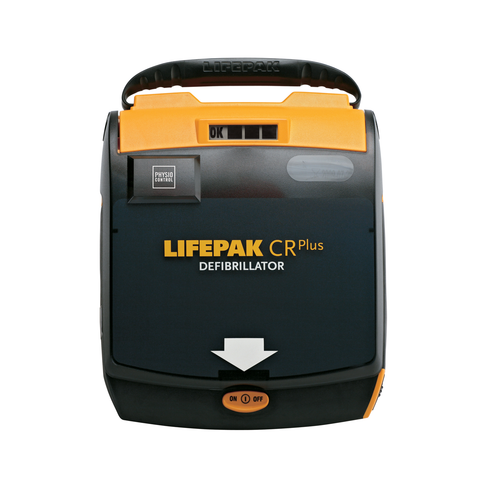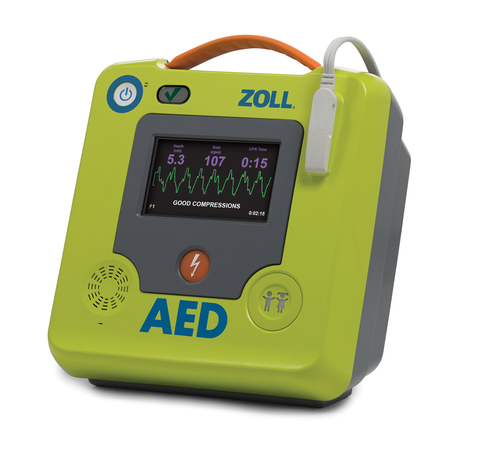In almost all emergency situations, the prompt response of qualified individuals equipped with the appropriate tools can spell the difference between life and death. In a cardiac arrest scenario, the timely initiation of CPR can increase survival by as much as four times.
According to the most recent guidelines released by the world's resuscitation councils, CPR should be supported by an Automatic External Defibrillator (AED). In some instances, only CPR may be required. However, if the heart analysis of the AED calls for a shock, CPR should be promptly administered to facilitate the quick supply of blood to the heart.

Unfortunately, many facilities are not equipped with AEDs. When CPR is applied and an AED is used prior to the arrival of ambulances, the patient's chances of survival increase dramatically. A high quality AED can provide real-time CPR feedback for the depth and rate of compression, enabling first responders to deliver the best emergency care.
ANZCOR Guidelines Release - 2016
In 2016, the Australian and New Zealand Committee on Resuscitation (ANZCOR) released revised, evidence-based guidelines for resuscitation protocols—including recommendations for automated external defibrillator (AED) use.
ANZCOR’s revised guidelines stipulate the following protocols to deliver best practice. They are vital considerations to make when looking to qualify, then purchase an Automated External Defibrillator;
ANZCOR recommendation: Escalating energy to 360J
“If the first shock is not successful and the defibrillator is capable of delivering shocks of higher energy, it is reasonable to increase the energy to the maximum available for subsequent shocks.” (1)
ANZCOR recommendation: Default initial energy of 200J
For biphasic waveforms: “The default initial energy level for adults should be set at 200J.” (1)
ANZCOR recommendation: Decreased time to defibrillation
“The chance of successful defibrillation decreases with time. Therefore the performance of good CPR and decreasing the time to defibrillation are the highest priorities in resuscitation from sudden cardiac arrest.” (2)
If you are looking to invest in an AED for your practice, center, business or club, there are many to choose from. Here are two we believe to be clear stand-outs;
-
Physio Control - Lifepak CR Plus
-
Zoll - AED 3
Physio Control Lifepak CR Plus
- Physio Control have over 50 years of experience, innovation and steadfast commitment to quality that positions their brand as one of the global leader in the AED space.
- The Lifepak CR Plus features the same advanced technology trusted by emergency professionals.
- It is a device that is simple to use and designed specifically for the first responder attending to a victim with suspected sudden cardiac arrest (SCA).
- The CR Plus AED combines an easy two-step operation, the right level of guidance to the operator and the capability to increase shock levels when needed.
- When we measured the Lifepak CR Plus against the ANZCOR guidelines we found that not just the CR Plus, but every Lifepak defibrillator, delivers a first shock at 200J, then automatically escalates to 300J and 360J if needed. It also has one of fastest times to first shock of all devices on the market.
- The Lifepak CR Plus and its siblings Lifepak 1000 and Lifepak Express are all worthy of further investigation.
Buy the Physio Control CR Plus AED here
Zoll – AED 3
- The ‘New’ Zoll AED 3 utilises the best and the latest technologies available, making it reliable, easy to use and easy to maintain.
- The AED 3's Programme Management Onboard ensures that the device is ready when it is needed. Users can register the AED online with ZOLL’s PlusTrac AED Programme Management System either with a computer or a mobile device. It can be linked with the local Wi-Fi system and to the cloud-based Programme Management Onboard which allows users to know the current status of the AED after it conducts a self-test.
- This online management system alerts users via email in the event that a failure has been detected. This eliminates the need to manually inspect the AED and check the status report without requiring the investment in additional hardware or software.
- The AED 3 also boasts of the Real CPR Help technology which allows first responders to provide the best quality CPR. The pads are equipped with sensors which allows the AED to check the chest compressions and guide the rescuers.
- The AED 3 has the fastest shock delivery after chest compression stop which helps minimise the delay between stopping chest compressions and delivery of shock. It can also be used for both adults and children, thus eliminating the need to purchase special pads for children and helping minimise cause.
- The AED 3 is available in two models: the semi-automatic and automatic models.
Buy the Zoll AED 3 here
To read more on Sudden Cardiac Arrest and the market leading defibrillators that help combat mortality associated with that go to Top 3 AED’s for SCA
SHARE THIS:
REFERENCES
-
ANZCOR Guideline 11.2 – Protocols for Adult Advanced Life Support. 2016;3(section 2.4).
-
ANZCOR Guideline 11.2 – Protocols for Adult Advanced Life Support. 2016;2(section 1).
-
Lifepak AED’s meet ANZCOR 2016 Guidelines
-
Zoll AED 3 Brochure





